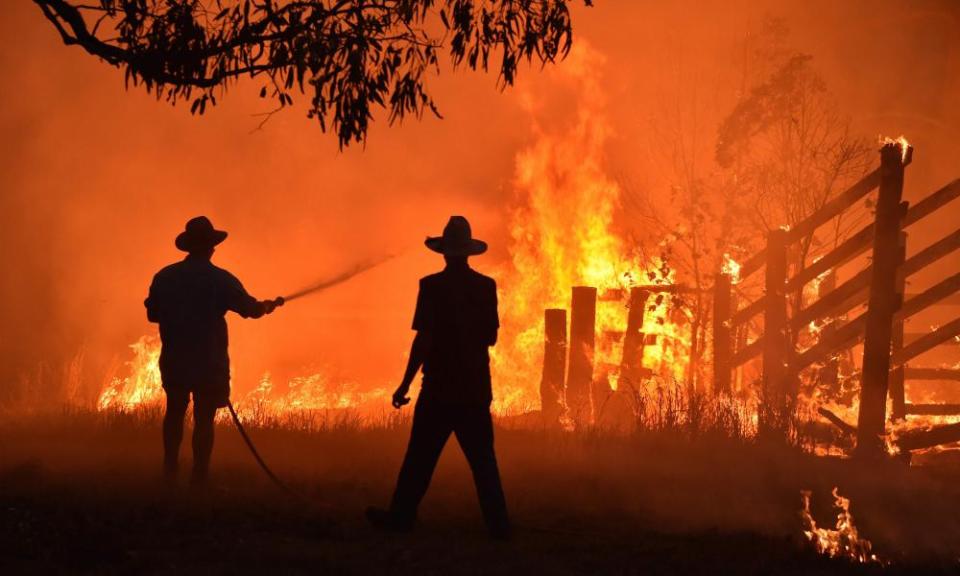Australia’s ‘black summer’ of severe weather wasn’t just bad luck

First it was severe drought, then record-breaking wildfires, and finally flooding. Through the summer of 2019 and winter of 2020 Australia’s east coast was hit by one extreme weather event after another. Research shows this triple-whammy was not just bad luck.
2019 was Australia’s warmest and driest year on record. Average rainfall was 40% less than normal, with New South Wales and Queensland being particularly parched. Not surprisingly, the dry conditions led to months of severe wildfires, burning through an area the size of the UK, killing at least 33 people and destroying more than 3,000 homes.
But “black summer”, as it was known, was not the end. In early 2020 moderate levels of rainfall, which would not normally have caused a problem, resulted in flooding and polluted drinking water.
Using satellite data to map the degree of burning, Matthias Kemter, a researcher at the Potsdam Institute for Climate Impact Research in Germany, and his colleagues show the worst flooding occurred in the most badly burned regions. Charred landscapes were more prone to surface runoff, soil erosion and hill-slope failures.
Reporting their findings in the journal Earth’s Future, they describe this as an example of a “hazard cascade”, demonstrating why decision-makers need to consider the connections between extreme events rather than tackle them in isolation.

 Yahoo Movies
Yahoo Movies 